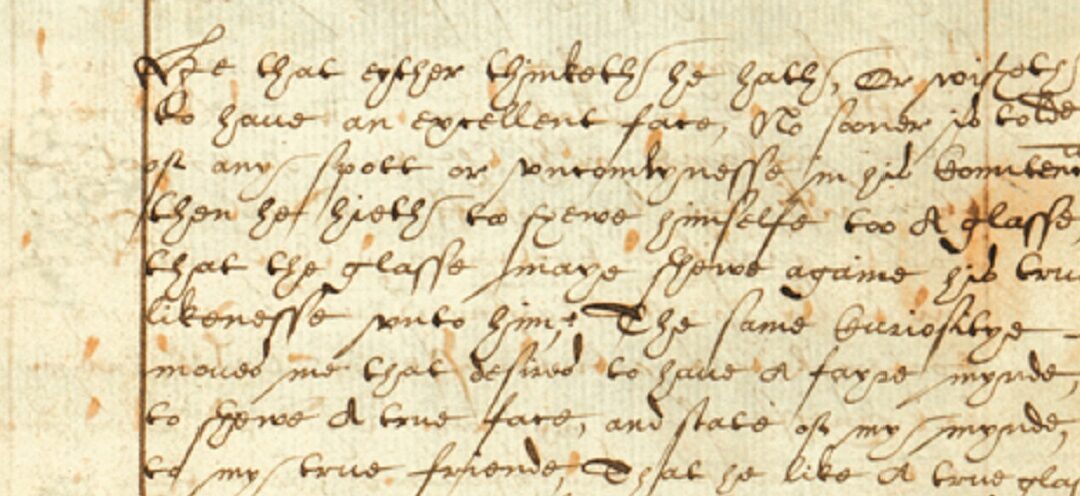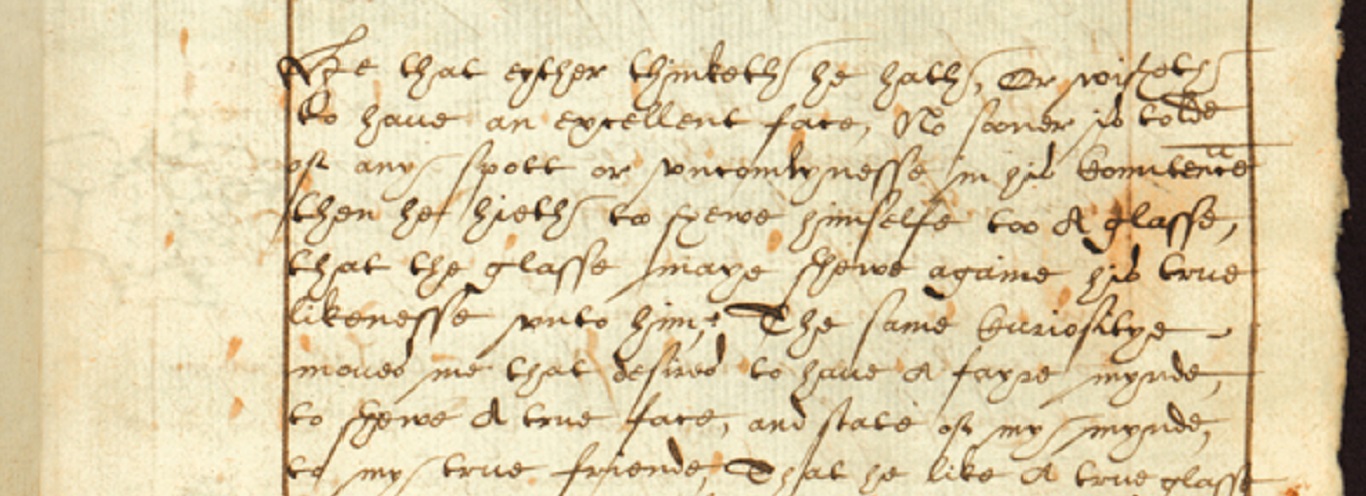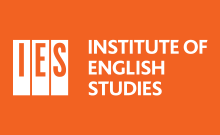This year’s London International Palaeography Summer School (LIPSS) concluded with blunt pencils and a sharpened mind. Of course not forgetting the wave of impassioned thoughts on the highly controversial delay of the Queen’s speech due to the battle between unrest at No 10 and the thick goatskin, incorrectly phrased, ‘parchment paper’.
For which we had our own opinions on:
We are quietly bemused that on day one of Palaeography Summer School 'goatskin parchment paper' has become a nationally important topic…
— IES (@IES_London) June 12, 2017
Parchment (and vellum) are terms used to describe a writing surface made from animal skin 2/4
— IES (@IES_London) June 12, 2017
Thus ‘goatskin parchment paper’ is a contradiction, but in this instance refers to archival quality paper designed to imitate parchment 4/4
— IES (@IES_London) June 12, 2017
As ever, LIPSS continues to grow in popularity, meaning we’re offering a wider range of courses and even venturing further into different locations in London. Academic Coordinator for LIPSS Marigold Norbye continued her introduction to and intermediate classes for the always popular Latin Palaeography. We also welcomed a wide reach in studying palaeographic texts from across the globe, including An Introduction to Greek Palaeography, German Palaeography and an Introduction to Medieval Spanish Palaeography: 8th-15th centuries.
This year, our Codicology course, run by Peter Kidd and Dr James Freeman (Cambridge University Library), further stretched over an impressive three days. Students learnt how the components of medieval books were prepared and assembled, addressing the ways in which physical properties of manuscripts can be described, including discussion of why some practices are preferable to others.
Jacqueline Vigilanti, librarian at Luleå University of Technology, undertook the full three day course and has these wonderful words to say:
“I happened upon the London Palaeography Summer School by a kind of considered chance when searching for some way I could chase a budding personal interest in codicology. It materialised in an internet search, so I read and deliberated and decided to apply, and was fortunate to receive a place for each of my three selections: Introduction to Codicology, taught by Dr James Freeman; Codicology and Cataloguing taught by Mr Peter Kidd; and the hands-on workshop they held together.
As a librarian, I am (perhaps not uniquely) drawn to books as objects and had written my thesis on the scholarly transcription of 19th century handwritten records via digital tools. My interest here, was in the possibilities digitization opened up to re-present the codex as both text and object, and so I naturally gravitated towards codicology in order to better understand the original material itself. I had had no previous experience with codicology nor had I worked with manuscripts or rare books apart from a general oohing and aahing when they were shown to me by special collections librarians. I came to the course with only a desire to learn more and gain hands-on experience – which, to my utter delight, I got. And how! Cloistered by the venerable milieu of the Senate House Library, and surround by like-minded enthusiasts, I puzzled out quire structures in a confused but inspired state.
I would recommend taking these three courses as a set since they built on one another and offered time to become more familiar with manuscripts and apply what we had learned in practice. Without gushing too much about the lecturers (or the manuscripts), it is enough to say that both James and Peter were enthusiastic in sharing their work, encouraging in their approach, and informative in their discussions. The courses saw and surpassed my expectations and easily persuaded me to continue pursing all things codicological. If only manuscripts could be borrowed, I should be quite happy.”
Patricia Lovett, professional calligrapher, illuminator and author of a number of books on calligraphy and illumination, also offered students a chance to create their own quills on the Quills and Calligraphy course. Patricia, who was awarded an MBE in 2013 for services to heritage craft and calligraphy, enabled students to develop practical skills and techniques of letter formation, focusing primarily on Gothic Textura (Black Letter) script.
Anna Milon (@thel_thalion), student at the University of York, thoroughly enjoyed her time with Patricia and kindly offered her thoughts ‘One Squiggle at a Time’.
“There is a certain art in getting ink all over yourself but keeping the paper scrupulously clean. I consider the Tuesday Quills and Calligraphy class to have perfected said art. Under the watchful eye of Patricia Lovett, calligrapher extraordinaire, we wrangled with Gothic Textura script. After about ten minutes of scratching at the paper with a steel nib, I conceded that the pen is indeed mightier than the sword: my hand was cramping harder than after an hour of medieval sword fighting. But I got there in the end! And have in my possession a small square of parchment with my name I wrote myself.
The challenge was what made it fun. From turning feathers into quills to holding the pen nib at a strict 45-degree angle, what we learned from Patricia wasn’t easy. But it was worth the effort. Patricia was with us every step of the way, helping, advising and engendering a profound respect for scribes of the past who made writing into an art form. Walking out of that class, I felt I took with me not just a piece of parchment, but a desire to make calligraphy a constant hobby and get ink not just on myself but all over my unfortunately cream-coloured upholstery.”
The IES would like to thank all our students and tutors for another fantastic LIPPS. We are looking forward to seeing new and familiar faces next year!
The London International Palaeography Summer School is a series of intensive courses in Palaeography and Manuscript Studies. Courses range from a half to two days duration and are given by experts in their respective fields from a wide range of institutions. Subject areas include Latin, Middle English, Early Modern English, German, Greek, Medieval Spanish and Merovingian palaeography, calligraphy, illuminated manuscripts, codicology, manuscript editing and liturgical and devotional manuscripts.
The Summer School is hosted by the Institute of English Studies with the co-operation of the Institute of Historical Research, Senate House Library, the Warburg Institute, University College, King’s College London, Royal Holloway and the Victoria and Albert Museum.
For further information, including course descriptions, please click here.





